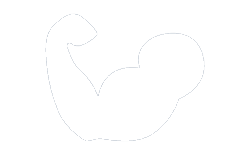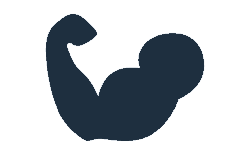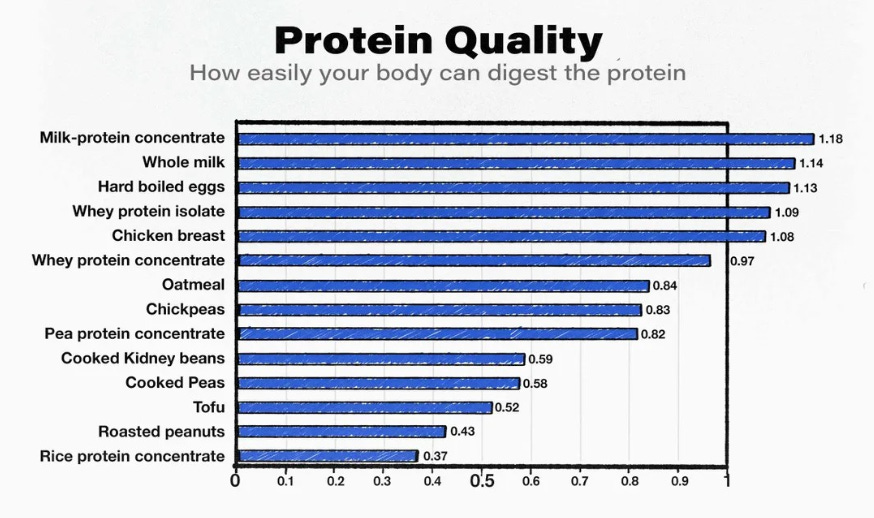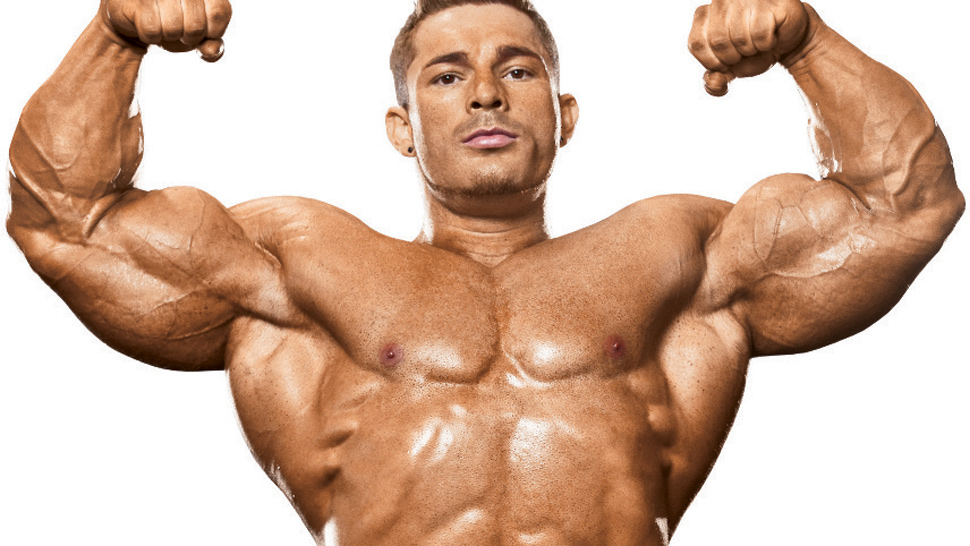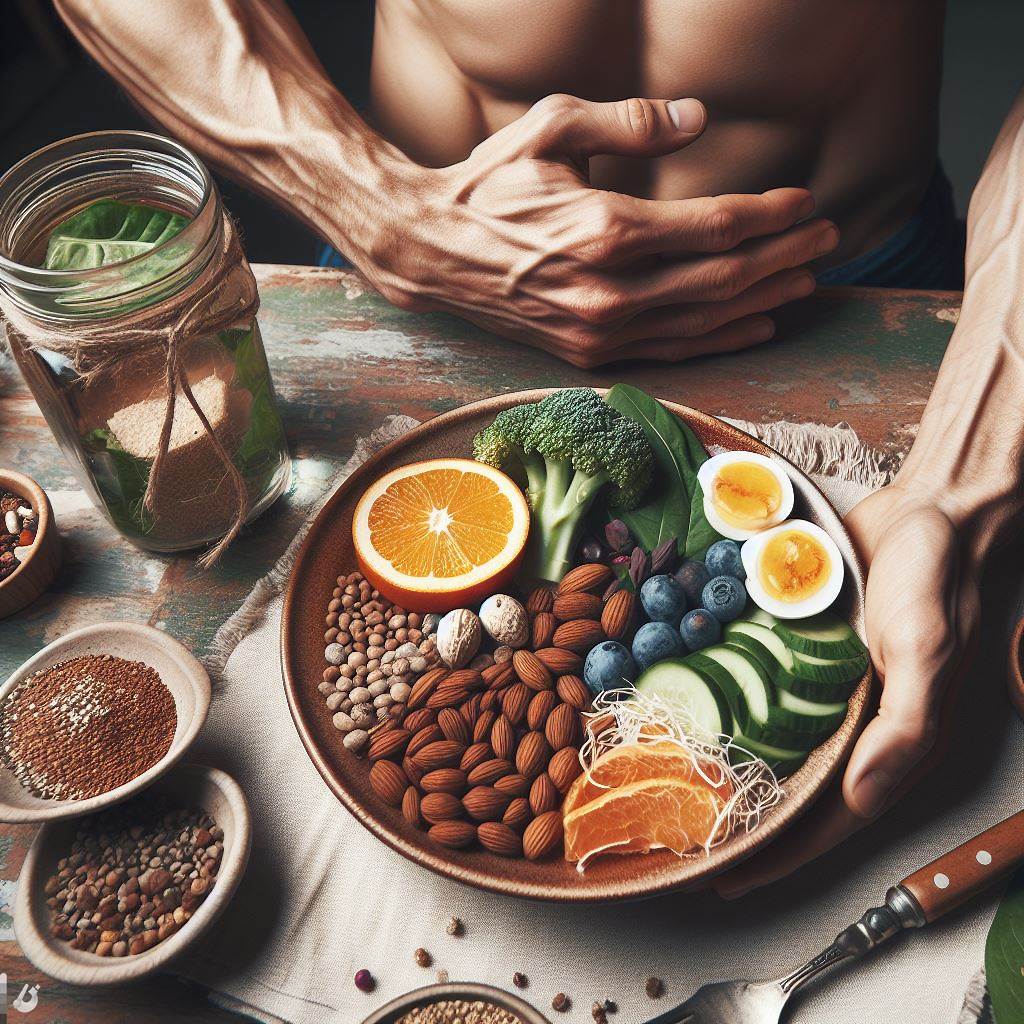· weightlifting · 7 min read
How To Get Big Calves: Top 5 Calf Workouts for Bowling Ball Calves
We've all seen the overweight Dads that have bowling ball calves but haven't stepped foot in the gym in years. What's their secret? Are calves 100% genetic? Let's get to the bottom of it.
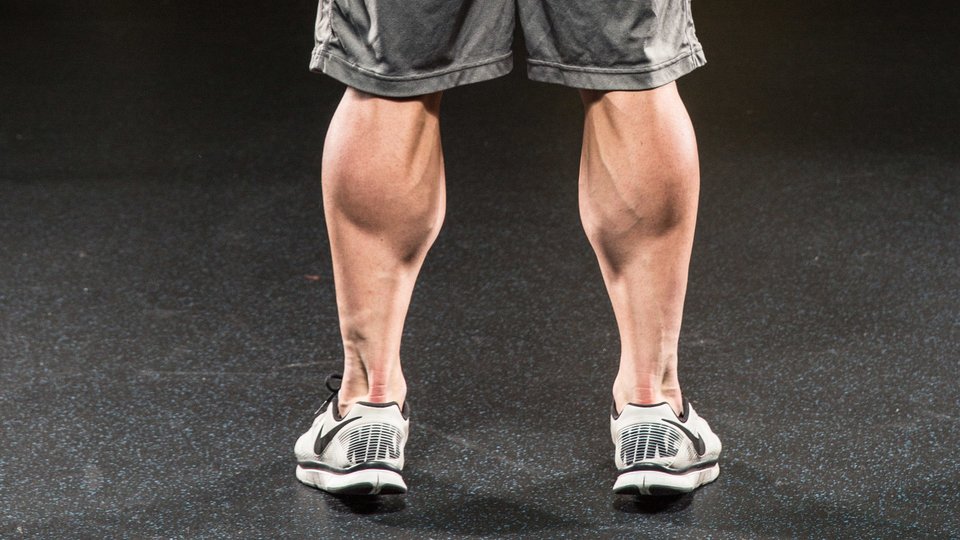
Let’s be honest, huge calves might be the hardest thing to develop and we’ve all asked ourselves:
- Why are my calves so small?
- How to grow small calves?
- Why are my calves so small compared to my thighs?
- How do I work inner calf?
- Do I have bad calf genetics?
- Are calves genetic?
- High calves vs low calves, whats the difference?
Well, we’re here to discuss all of that today. Some people are just naturally gifted with Greek-like calves, it’s true. I had a buddy in high school that had legit bowling balls for calves and he’d never done a calf raise or a calf workout in his life. Talk about jealous. If you’re on the taller side, I know you feel this deep in your soul, and the last thing you want to be is the buff guy with skinny legs.
So, before we begin, let’s do a quick 9th grade anatomy lesson…
I’m sorry. I couldn’t help myself. Moving on…
Calf Muscle Anatomy
The calf muscles consist of two primary parts: the gastrocnemius and the soleus.
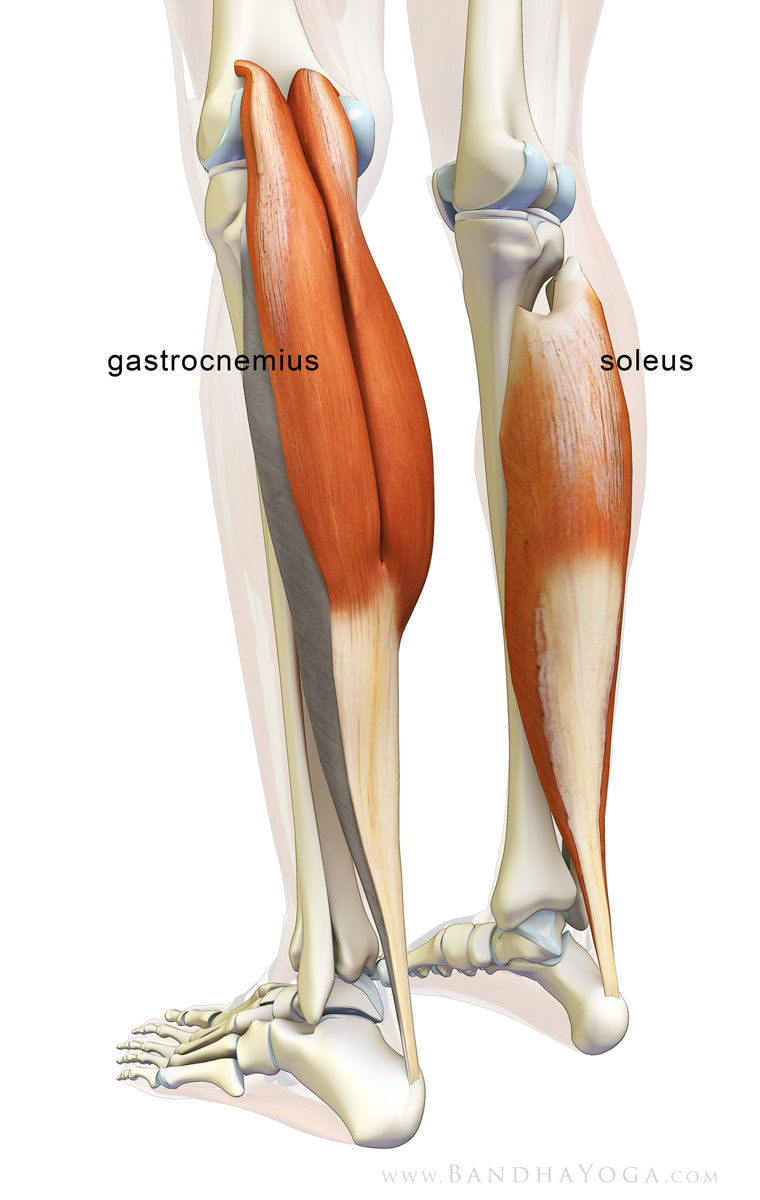
The gastrocnemius is the larger of the two calf muscles and the one that gets all the attention. These muscles insert at the back of the heel through the Achilles tendon. The gastrocnemius plays a significant role in pointing the foot downward (plantar flexion) and bending the knee.
In contrast, the soleus muscle is smaller and originates along the soleal line and the upper part of the fibula’s posterior side. Similar to the gastrocnemius, it inserts at the heel via the Achilles tendon and contributes to plantar flexion.
Alright, that’s enough anatomy talk. You’re here to build muscle. How do we do that? Well, here are our top 5 exercises for building calves muscle.
For all the following 3 exercises, try a low/high volume split on each of these exercises for a crazy calf pump!
- Set 1: 15-20 reps
- Set 2: 8-10 reps
- Set 3: Dropset (lower weight by 50%) until you need a wheelchair
1. Standing Calf Raises

A fundamental exercise for calf development is the standing calf raise. Stand with your feet about shoulder width apart and lift your heels off the ground by pushing through the balls of your feet. Emphasize control throughout the movement, including a brief pause at the peak of the contraction and a slow eccentric calf raise on the way down. You can try alternate positions like: heels together or toes together to hit different parts of the calves msucle.
- Set 1: 15-20 reps
- Set 2: 8-10 reps
- Set 3: Dropset (lower weight by 50%) until you need a wheelchair
2. Seated Calf Raises

Standing calf raises can put unnecessary stress on your spine, so give seated calf raises a go if you’re worried about that. This exercise shifts the resistance to the quadriceps. I don’t think I’ve ever seen a gym not have one of these machines. Sit with the machine’s pads resting on your thighs. Your Feet should be shoulder-width apart. Just like standing calf raises, lift your heels off the ground by pushing through the balls of your feet. Squeeze at the top, control the eccentric calf raise on the way down, and really feel the stretch at the bottom. I have very tight achilles tendons so I like to hold the stretch at the bottom for 3-4 seconds.
- Set 1: 15-20 reps
- Set 2: 8-10 reps
- Set 3: Dropset (lower weight by 50%) until you need a wheelchair
3. Leg Press Calf Raises

This is one of the best calf pump exercises out there. It takes all the stress off of your spine and quads and let’s you really hone in on the calves muscle. Place your feet in the middle of the leg press platform, or let your heels hang off the bottom for a more eccentric calf raise, squeeze hard at the top, control the eccentric, and hold the stretch at the bottom to loosen up those stingy achilles.
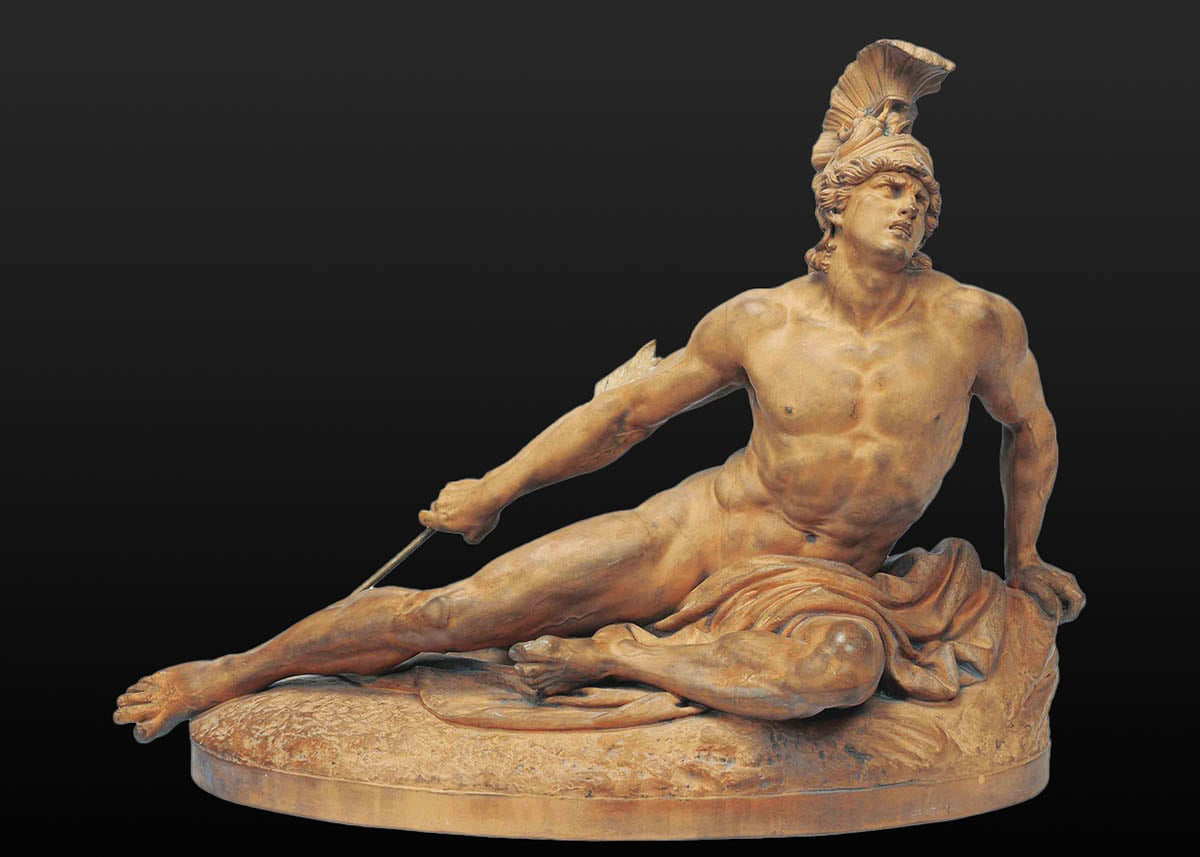
If you’ve ever asked yourself, “How to work inner calf?”, then try doing these one leg at a time for an extra challege. Try moving your foot around and hit your calves muscle from all different angles.
- Set 1: 15-20 reps
- Set 2: 8-10 reps
- Set 3: Dropset (lower weight by 50%) until you need a wheelchair
4. Jump Rope
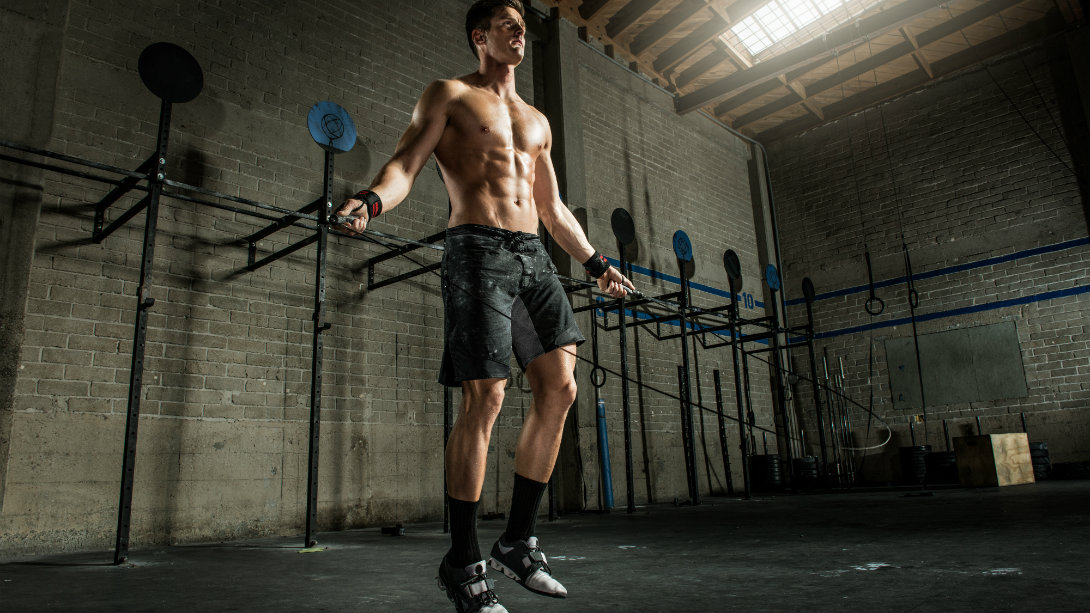
I’ve played basketball my entire life, so I’ve asked myself a million times “do calf raises make you jump higher?” To this day, I’m still not sure. But, if there is one calf exercise that can make you jump higher, it’s jumping rope.
Jumping rope is an elite exercise for the calf muscles while also getting a bit of cardio in. Two birds with one stone. I don’t think we need to go into detail on how to perform this exercise, but if you’re up for a challenge try doing them with a weighted vest on.
Start out with 4 sets of ~30 seconds on/30 seconds off and see how you feel.
So, with all that said, “do calf raises make you jump higher?” We’re not sure but jumping rope most definitely can.
5. Toe Walking
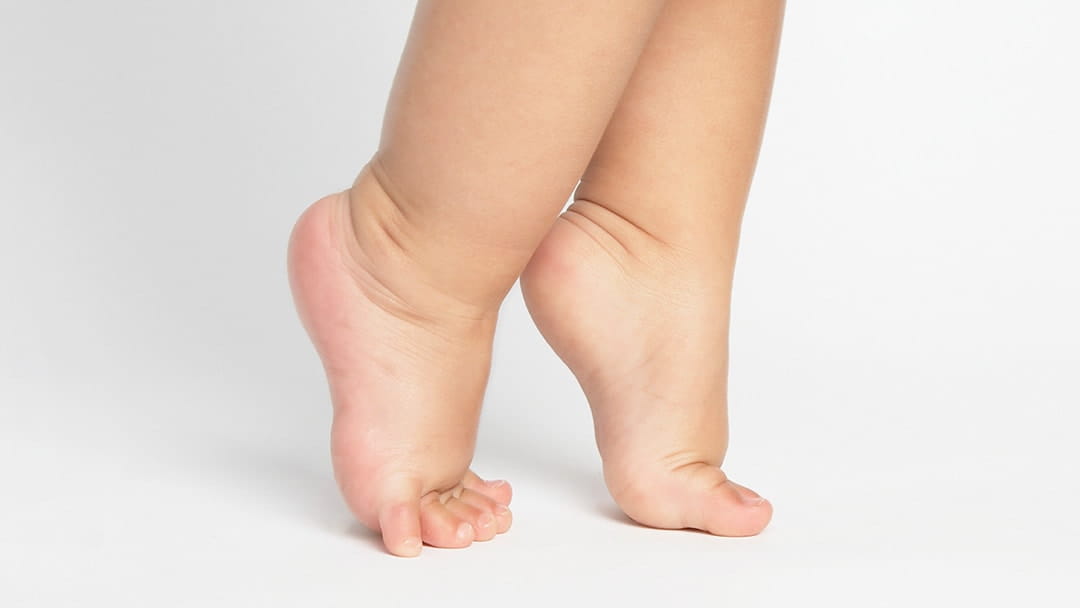
If you have kids, then you’ve probably seen your son or daughter do this to your amusement. Well, these are essentially “static holds” or very long negatives for your calves. We’ve all heard about the benefits of holding your muscles in the contracted position for as long as possible, (MIKE MENTZER: “LIFTING” WEIGHTS MAY MAY BE A WASTE OF TIME - THE CASE FOR STATIC/NEGATIVE TRAINING), so why wouldn’t you try it out with your calves muscle as well?
You don’t even need to be at the gym for these, just try it out while you’re walking around your house throughout the day or join your son/daughter next time you see them doing it!
FAQ’s
- Do calf raises make you taller?
We wish they did, hermano. With the amount of calf raises we’ve done over the years, we’d be taking our talents to South Beach if this were true.

- Do calf raises make you jump higher?
Ok, now we’re talking. Calf raises can improve your ability to jump higher, but we recommend combining them with other calf exercises for ultimate growth (and to make sure you’re not a buff guy with skinny legs), especially jumping rope.
- Do squats work calves?
Yes, squat does work calves but it is primarily a quad, hamstring, and glute exercise and we wouldn’t recommend relying solely on Squats to build your calves muscle. If you’re consistently squatting, sure, you could most likely get away with building some decent calves but if your goal is to build the biggest calves in the world, then we’d recommend incorprating some isolation exercises into your routine like the ones we listed above.
- Are calves genetic?
Yes, 100%, just like your entire body is. The calves Gods blessed some people with natural bowling ball calves and there’s nothing we can do about it. But, that’s no excuse for you to not try and get calves your proud of. Plus, it’ll be even sweeter once you do! You know how your parents used to say, “you’ll appreciate things more when you’re the one paying for them!” Well, same principle here. You’ll appreciate your calves more after working hard for them.
Conclusion
Let’s wrap things up, the never-ending quest for gigantic calves is a common one for fitness enthusiasts. While genetics can play a role in calf size, there are numerous effective exercises that can help you achieve your goals. Understanding the anatomy of the calf muscles, including the gastrocnemius and soleus, is the first step in effectively working out your calves muscle.
Our top five recommended exercises for calf growth are: standing calf raises, seated calf raises, leg press calf raises, jump rope, and toe walking. Each exercise offers unique benefits and can be tailored to your preferences and fitness level. It’s essential to vary your calf workouts, combining high and low volume sets to challenge your muscles effectively.
Incorporating these exercises into your fitness routine, along with proper rest and nutrition, can lead to significant improvements in calf size and strength. While calf development can be a challenging endeavor, dedication and consistency will ultimately help you achieve those impressive calf muscles you’ve been working hard for. So, lace up your workout shoes, embrace the burn, and start building those calves to be proud of.
